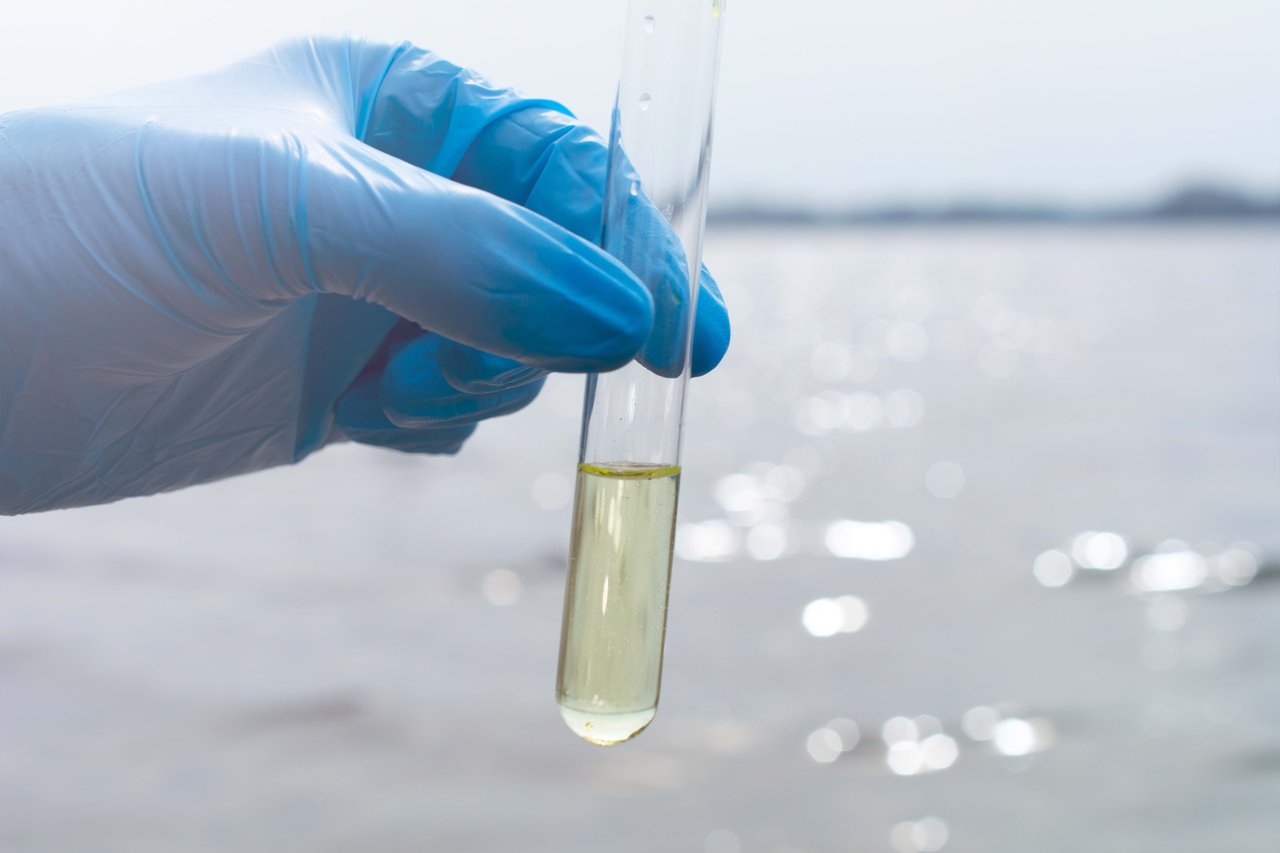Leelanau County's Point of Sale (POS) Well and Septic Inspection Requirements.
If you plan to sell or transfer your property in Leelanau County, you must be aware of the Point of Sale (POS) well and septic inspection requirements. Leelanau County also calls it TOT (Time of Transfer). These requirements are enforced by the Benzie-Leelanau District Health Department (BLDHD) to protect public health and the environment from contaminated water sources and sewage systems. According to the POS ordinance, you must request an evaluation of your existing well and septic system by the BLDHD or a licensed NAWT-certified technician before the sale or transfer of your property. The evaluation will determine if your system is functioning properly and meets the current sanitary code standards. If your system is found to be defective or non-compliant, you will need to repair or replace it before the sale or transfer can be completed. The only exceptions to the POS ordinance are if you obtain a written waiver from the BLDHD for one of the following reasons:
- You intend to remove the residence and related system entirely;
- You are adding a spouse to the title; or
- Your system was constructed within the past five years in accordance with the code. The POS evaluation is valid for three years, except for the water test, which is valid for six months.
If a dwelling is served by both a municipal septic system and a municipal water supply, our (BLDHD) office does not need to perform an inspection.
📰 RELATED ARTICLE: WHAT IS LEELANAU COUNTY'S TOT ORDINANCE?
The fees for the evaluation vary depending on the age and type of your system. For more information, please visit the BLDHD website or contact their office at (231) 882-4409.
Can a well water system be sanitized? How?
Before getting your POS inspection you may want to sanitize your well system to keep the sale moving in the right direction. Sanitizing a home well water system is a process that involves disinfecting the well, the plumbing, and the fixtures with chlorine. This can help eliminate harmful bacteria, viruses, and other microorganisms that may contaminate the water and cause health problems. The steps to sanitize a home well water system are:
- Turn OFF the power to the well pump and any water treatment devices, such as filters or softeners.
- Bypass any carbon filters or reverse osmosis units, as they can remove chlorine from the water.
- Pour a solution of chlorine bleach and water into the well, using a ratio of 1 gallon of bleach for every 100 gallons of water in the well. You can use a garden hose to circulate the solution through the well.
- Turn ON the power to the well pump and any water treatment devices, such as filters or softeners.
- Open all the faucets in the house, one at a time, until you smell chlorine at each one. Then close the faucets and let the solution sit in the pipes for at least 12 hours.
- Flush the system by running water from each faucet until the chlorine smell is gone. You may need to run the water for several hours to remove the chlorine completely.
- Test the water for bacteria after a few days to make sure the sanitization was effective. You can use a home test kit or send a sample to a certified laboratory.
Sanitizing a home well water system is recommended once a year or whenever there is a change in the water quality, such as cloudy, colored, or foul-smelling water. It can also be done after repairing or replacing any part of the well or plumbing system. Sanitizing a home well water system can improve the safety and taste of your water, but it does not remove chemicals or minerals that may be present in the water. For that, you may need additional treatment methods, such as filtration or softening.
Tell me how to mitigate high iron or sulfur levels in home well water.
High iron or sulfur levels in home well water can cause unpleasant odors, stains, and health problems. To mitigate these issues, you can use different methods depending on the type and concentration of the contaminants. Some common methods are:
- Aeration: This involves exposing the water to air, which oxidizes the iron and sulfur and makes them easier to filter out. Aeration can be done by spraying the water into a tank or using an air pump.
- Filtration: This involves passing the water through a filter that removes the iron and sulfur particles. The filter can be made of sand, carbon, or other materials. The filter needs to be cleaned or replaced regularly to prevent clogging and bacterial growth.
- Ion exchange: This involves using a resin that exchanges the iron and sulfur ions with sodium or potassium ions. The resin needs to be regenerated periodically with salt water to restore its effectiveness.
- Chemical treatment: This involves adding chemicals such as chlorine, hydrogen peroxide, or potassium permanganate to the water, which react with iron and sulfur and form insoluble compounds that can be filtered out. Chemical treatment can also disinfect the water and prevent bacterial growth.
These methods have different advantages and disadvantages regarding cost, maintenance, and environmental impact. You should consult a water quality specialist to determine the best option for your situation.




